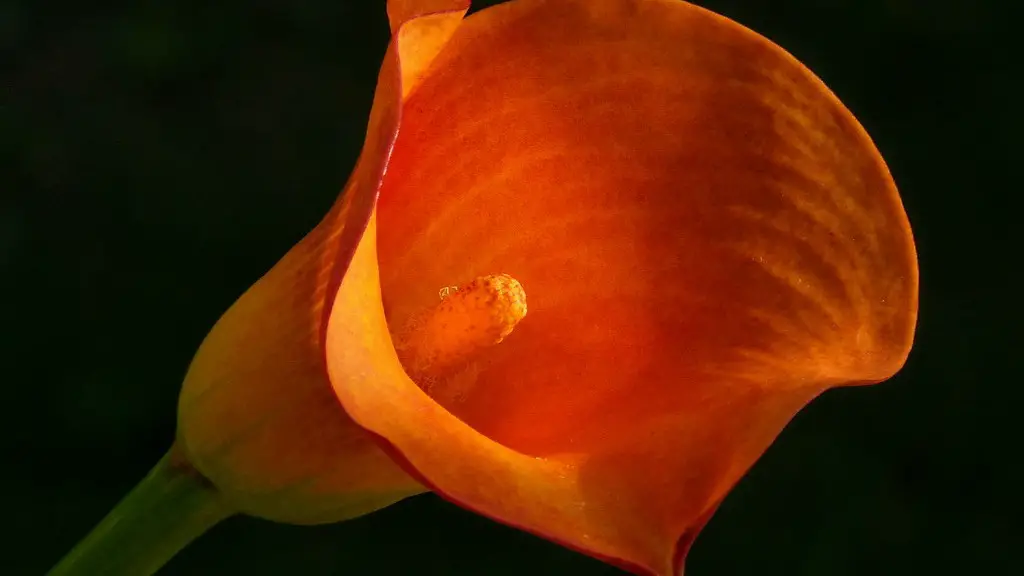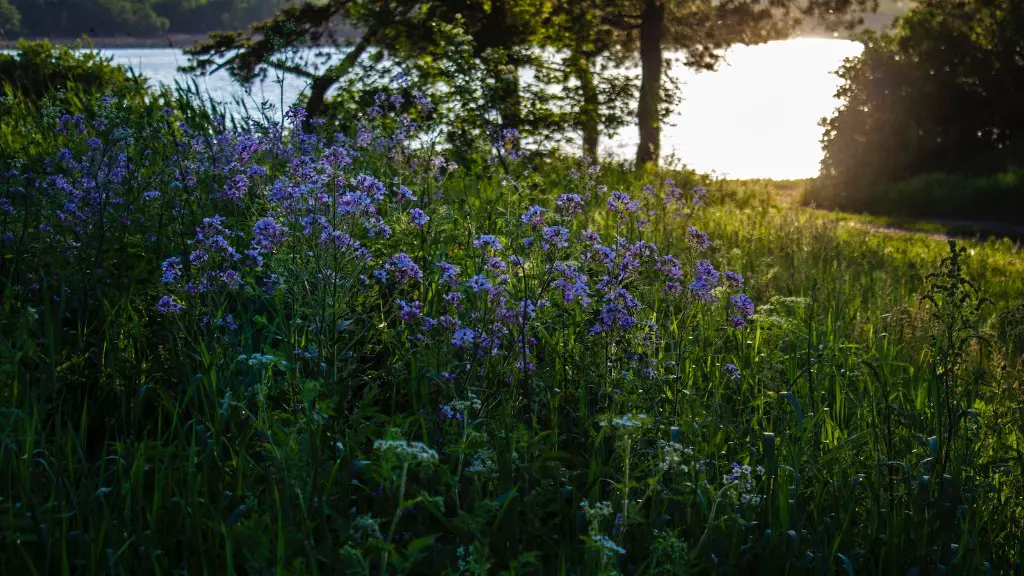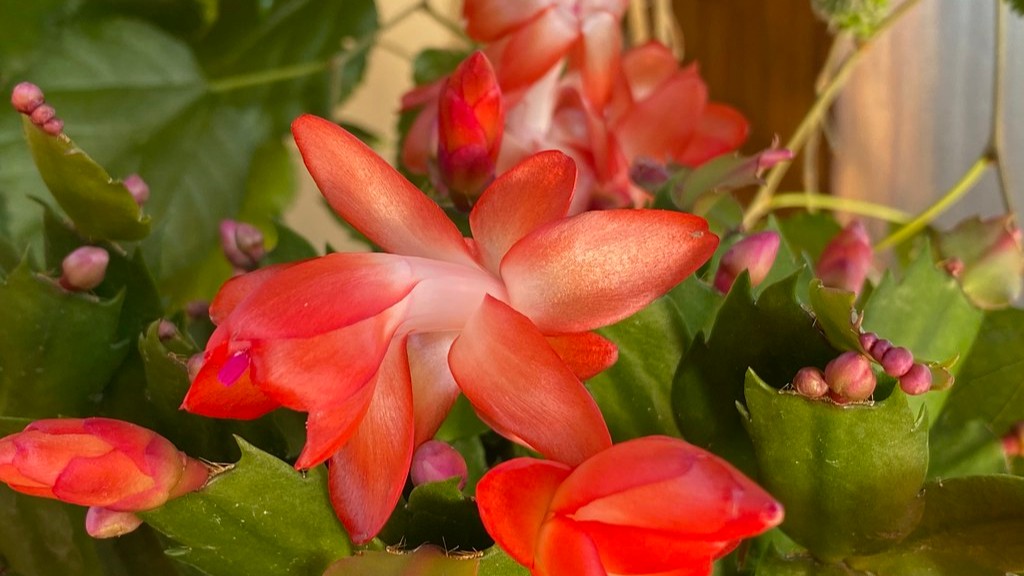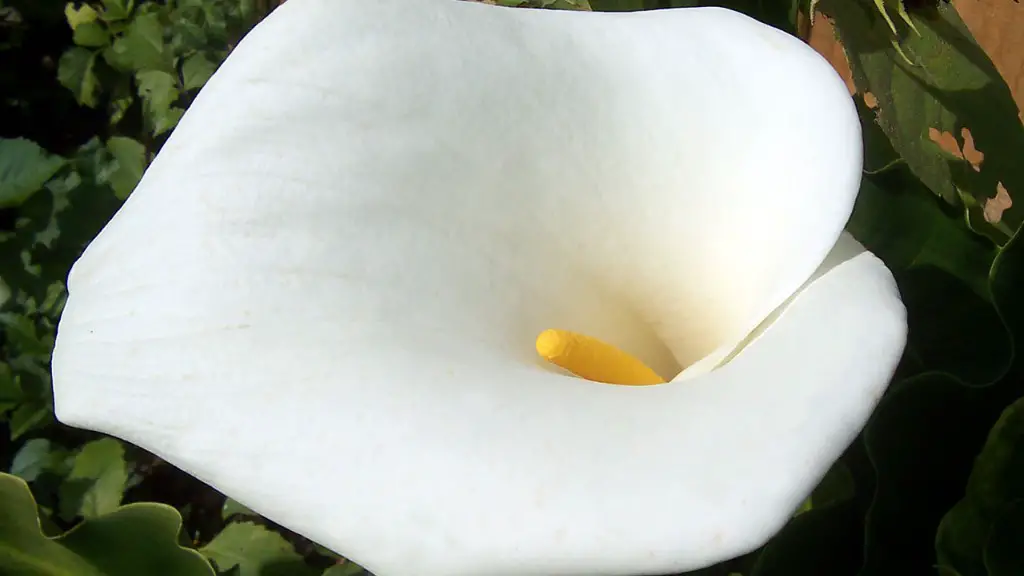There are many reasons why people grow African violets, but most people want their plants to bloom. While African violets are generally known for being easy to care for, getting them to bloom can sometimes be tricky. The good news is that with a little extra care, you can get your African violets to bloom. Here are some tips on how to make your African violets bloom:
*Give them the right amount of light. African violets need moderate sunlight in order to bloom. Too much sun will scorch the leaves, and too little sun will cause the plant to become etiolated (stretched out and leggy). The best way to provide moderate sunlight is to grow African violets under fluorescent lights.
*Provide the right temperature. African violets prefer a warm, stable temperature between 70-80 degrees Fahrenheit. sudden changes in temperature can shock the plant and cause it to drop its flowers.
*Give them the right amount of water. African violets need to be kept evenly moist, but not wet. Water the plants from the bottom by filling a dish with water and letting the plant sit in it for a few minutes. Allow the soil to dry out slightly between waterings
To bloom African violets, start by ensuring that they are getting enough light. They should be in a spot that gets indirect sunlight for at least four hours a day. Next, water your African violets regularly, but be sure to not over-water them. The soil should be moist but not soggy. Lastly, fertilize African violets every two weeks using a fertilizer made specifically for them. With proper care, your African violets should bloom year-round.
How do you get an African violet to bloom?
If you want to grow healthy African violets, you should provide them with bright, indirect sunlight. Too little sunlight will cause the plants to stretch for the light and produce few or no flowers, while too much sun can burn the leaves. An east-facing window is ideal, especially with a sheer curtain to block the sun’s harshest rays. African violets also need eight hours of darkness every night in order to thrive.
African violets are one of the most popular houseplants because they are relatively easy to care for and can bloom nearly year-round. If you are able to provide the correct conditions, expect your African violets to bloom 10-12 months each year. Each bloom lasts for about 2-3 weeks.
Does Epsom salt help African violets bloom
Epsom salts are a great way to provide plants with essential magnesium and sulfur. By mixing one and a half teaspoons of Epsom salts in a quart of tepid water and swirling to dissolve, you can water your African violets (below the leaves) with this solution once a month.
A wicking system is a great way to make sure your African violets are never over watered. Simply set up a wicking system with a container of water and a wick. The wick will draw up water as needed and keep the soil moist.
Where is the best place to put an African violet?
It is best to grow plants in bright, indirect light for the best color and blooms. A plant stand three feet away from a west- or south-facing window is an ideal location. Plants will still grow when situated right beside north- or east-facing windows, but leaves will be thin and spindly, and plants less likely to bloom.
Some people love wild violets for their decorative properties, while others find them to be a pain because of their aggressive nature. Wild violets can be difficult to control, making them a problem for some people.
Can you use Miracle Grow on African violets?
If you want to bring more color into your home without a trip to the paint store, try adding more flowers to your favorite plants. African violets are especially good for this, as Miracle-Gro® Blooming Houseplant Food promotes more blooms.
It is important to not overwater your African violet as it may cause permanent leaf spotting. Water the plant at the base, making sure to not get the crown of the plant wet. Use water that is room temperature to avoid shocking the plant. African violets are susceptible to crown rot, so it is important that the crown (the section of the plant at soil level) is not saturated with water.
Should you pinch off African violet flowers
African violets are a type of plant that can bloom all year if taken care of properly. Pinching or deadheading the spent blooms allows the plant to continue to put energy into creating more buds/blooms and beautiful foliage.
Coffee grounds are slightly acidic which helps to create an environment for your African Violet to prosper. Coffee grounds also contain nitrogen which helps plants grow healthy foliage. It is recommended that you sprinkle used coffee grounds on top of your African Violet potting soil every once in awhile to help give your plant the nutrients it needs to grow.
What is the best African violet fertilizer for blooming?
Many growers find that fertilizing their African violets once a week with a mild fertilizer works best. A balanced fertilizer like a 20-20-20 or one that has slightly more phosphorus, like a 15-20-15, will usually work well in most growing situations.
If you have powdery mildew on your African violets and it’s not improving, you can try spraying the plants lightly with a mixture of 1 teaspoon (5 ml) of baking soda in 1 quart (1 L) of water. You can also spray the air around the plant with Lysol or another household disinfectant, but be careful not to get too much spray on the leaves.
Can I water African violets with tap water
If you are not sure about the quality of your tap water, it is best to use filtered or distilled water for your African violets. Chlorine levels can fluctuate depending on the season, and high levels of chlorine, chloramines, or dissolved solids can all be harmful to your plants.
Watering your plant is important to keeping it healthy and encourage blooming. Water from the bottom with room temperature water by placing the plastic grower’s pot in water, and allowing the plant to absorb the water (not more than 30 minutes). This will help keep the soil moist to dry, and allow soil around the roots to dry out before watering again.
Do African violets need full sun?
African violets need indirect sunlight; direct sunlight can burn the leaves. Choose a north- or east- facing window for best results. Keep plants away from cold glass, and rotate the pot once a week so all leaves receive light. Extend daylight by placing African violets under a grow light during winter months.
You should avoid brushing the leaves of African violets because it can reduce the quality and size of the plant. repeatedly brushing the leaves can damage them and make the plant less healthy. So, next time you’re tempted to reach out and touch one of these pretty plants, resist the urge and let it be!
Final Words
1. Place your african violet in an area where it will receive bright, indirect sunlight.
2. Water your african violet when the soil is dry to the touch. Be sure to use tepid water and avoid getting water on the leaves.
3. Fertilize your african violet every 2-3 weeks using a water-soluble fertilizer designed for african violets.
4. Keep your african violet’s leaves clean by dusting them with a soft, dry cloth.
5. To encourage blooming, pinch back the stems of your african violet after each bloom cycle.
With the proper light, water and fertilizer, African violets can bloom all year round. Though they are native to Africa, these beautiful flowers can be found all over the world. For those who want to grow their own, it is important to know how to take care of them. By following the tips in this article, you can ensure that your African violets will stay healthy and bloom for years to come.





